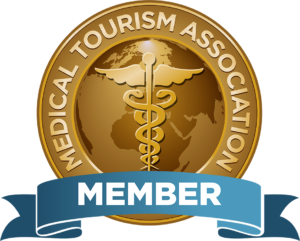Blepharoplasty
It is a surgical procedure that consists of correcting excess fat, skin and muscles of the upper and lower eyelids; which give an appearance of aging and tiredness and can even affect vision.
Aside from the aged appearance, sagging skin around the eyes can reduce side vision (peripheral vision), especially in the upper and outer part of the visual field.
Receive personalized advice
What type of anesthesia is used?
Recovery time
The return to work after blepharoplasty will depend on the type of work you do, if you have a job of little physical effort, in an office, you can resume your activities in about a week. If on the other hand the patient’s work requires a greater physical effort should wait between 10 to 12 days after surgery to return to work.
It also depends on how the patient’s recovery progresses. The surgeon will tell you when to return to work, always trying to keep the time of incapacity as short as possible.
Postoperative care
- Keep the head raised, avoid bending the head as much as possible and sleep semi-sitting in order to get less blood pressure to the head.
- Apply local cold the first hours.
- Use ice compresses on the eyes for ten minutes every hour the night after surgery; and the next day continue with ice compresses on the eyes 4 to 5 times throughout the day.
- Wear dark sunglasses to protect the eyelid skin from the sun and wind.
- Do not do physical exercise or impact sports during the first month.
- Avoid exposure to the sun until the bruises have disappeared, since they run the risk of pigmenting the skin when exposed to the sun.
- Apply sunscreen.
- Take and apply the medications ordered by the surgeon in the corresponding schedule.
- Do not take any type of medication that has not been ordered by the specialist.
- It is recommended to walk slowly for fifteen minutes every hour in order to prevent deep vein thrombosis and pulmonary embolism.
- Attend medical check-ups when they are scheduled.
- Watch for signs of possible infection in the surgical wound such as: redness, heat, inflammation, pus discharge.


